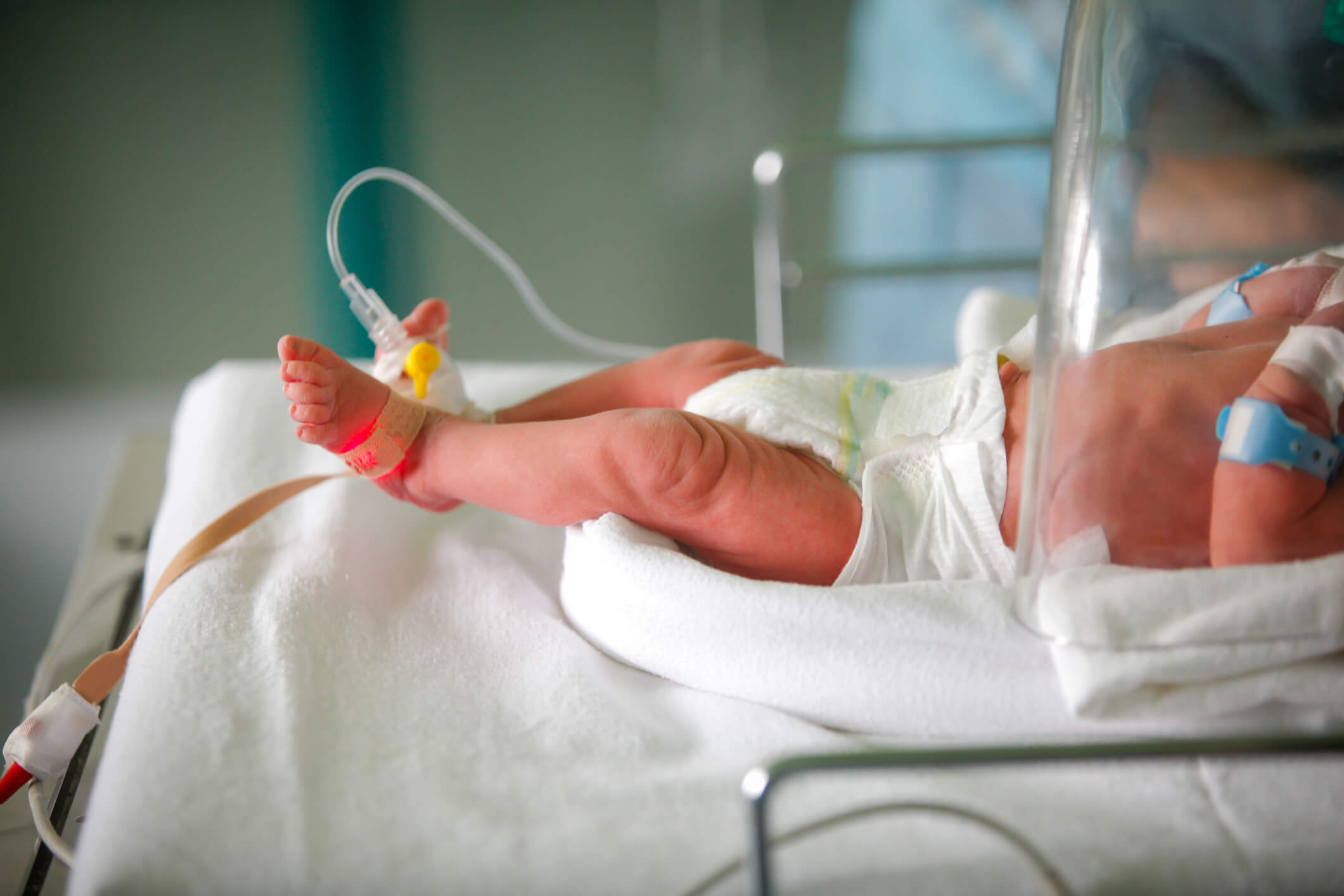
Pediatric respiratory emergencies may make even the most seasoned provider nervous. It’s safe to say that when a child is hurt or sick, the situation becomes more serious. Your pediatric patient is not simply a smaller version of your adult patient. Children require special considerations, especially when a child is experiencing a respiratory emergency. There are a few things to keep in mind about pediatric respiratory emergencies: variations in pediatric airway anatomy, common respiratory emergencies in children, assessment techniques, and equipment choice. Let’s review how all of these factors relate to pediatric respiratory emergencies and how you can be better prepared when facing such an emergency.
Pediatric Airway Anatomy
A child’s airway is anatomically different than that of an adult. These variances are even more pronounced in younger children, making them more at risk for respiratory emergencies. Anatomical variances in children when compared to adults include:
-
Proportionally larger head, causing natural flexion at the neck. This increases the risk of a potential airway obstruction.
-
Proportionally larger tongue, making airway obstructions more common.
-
Higher-positioned larynx, making visualization of the child’s airway more challenging when intubating.
-
Anterior-positioned vocal cords, creating a concave shape that may impact ventilation.
-
Shorter and narrower trachea, increasing both the likelihood of accidental right mainstem intubation and the risk of airway obstruction.
-
Smaller lung capacity, increasing the risk of hypoxia because of decreased residual volume.
Common Pediatric Respiratory Emergencies
Being prepared for pediatric respiratory emergencies will help you to maintain your composure when faced with these emergencies. Not only are you caring for a sick or injured child, you will often be faced with the child’s scared or panicked parents. Recognizing common respiratory illnesses in your pediatric population will give you an edge over your increased stress when faced with these situations.
-
Asthma
-
Asthma is the most common activity-limiting condition in children. As a first responder or emergency personnel, you will most likely find these children in respiratory emergencies when their normal bronchodilators are not working. Children with acute asthma exacerbations may have severe bronchospasm and may become hypoxic quickly.
-
Croup
-
Another common respiratory emergency in children, croup is usually caused by an upper respiratory virus that causes upper-airway inflammation and edema. The typical presentation for croup is a child or infant with a seal-like bark (stridor). These children and their parents are usually frightened because of the severe sound of stridor.
-
Bronchiolitis
-
Most commonly caused by a virus, this usually impacts children and infants less than 2 years old, but can occur at any age. This condition causes wheezing and coughing similar to asthma. Though usually self-limiting, this can lead to severe complications in the child—including respiratory failure or even death.
Assessing Your Pediatric Patient
Like other conditions and injuries, pediatric respiratory emergencies can range from mild to severe, and your ability to assess your patient is a top priority. Remember, a sick or injured child will likely make your stress level worse. Falling back on your assessment skills specific to your pediatric patients will keep you level-headed when you need it most.
Assessment begins with your overall impression of the child’s condition. Approach the child in a non-intimidating manner, kneel down to his or her level, and speak calmly. Use a standardized approach to your assessment, such as the Pediatric Assessment Triangle (PAT). Using this method, you will look at the child’s overall appearance, work of breathing, and circulation. Any abnormality in any of these categories indicates a child who requires immediate attention. Keeping your pediatric assessments simple, thorough, and standardized will allow you to quickly and efficiently assess the child and determine the care the child needs. Remember that pediatric patients can deteriorate in their condition rapidly and a quick and efficient assessment is important.
Equipment Choice Matters
Just as important as a rapid and thorough assessment is your choice of equipment when caring for a pediatric patient experiencing a respiratory emergency. Be sure to maintain and check your pediatric equipment to ensure you have everything you need when you need it most. One of the most vital pieces of equipment is your portable suction unit. Choose a unit that is portable, lightweight, efficient, rugged, and capable of pressure adjustments. The right equipment makes your job that much easier, which is always helpful when caring for a pediatric patient with a respiratory emergency.
Keep these things in mind in order to prepare for your next pediatric respiratory emergency. Knowledge of pediatric anatomical variations, common pediatric respiratory emergencies, assessment techniques, and the right equipment will allow you to quickly and efficiently care for your pediatric patients to provide the best outcomes.














